China has a civilization of five thousand years and a long history, and there are many famous historical books handed down from ancient times to the present. These books may not be read by many people. Today, let’s take a look at the ten greatest books in Chinese history.
1. Lao Tzu老子
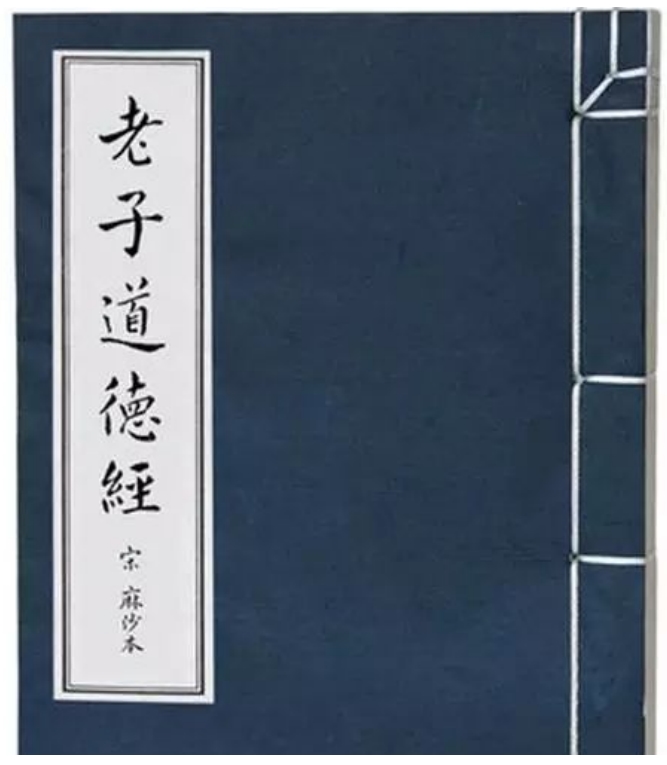
This is a philosophical work written by Lao Tzu in the Spring and Autumn Period, and it is an important source of Taoist philosophy. According to the statistics of UNESCO, the Tao Te Ching is the most popular cultural masterpiece translated into foreign literature besides the Bible.
The text of “Tao Te Ching” takes “morality” in the philosophical sense as its keynote, and discusses the ways of self-cultivation, governance, military use, and health preservation, and mostly focuses on politics. It is the so-called “inner sage and outer king”. Inclusive and broad, known as the king of all scriptures.
“Tao Te Ching” is one of the greatest masterpieces in Chinese history, which has had a profound impact on traditional philosophy, science, politics, and religion. According to the statistics of UNESCO, “Tao Te Ching” is the most popular cultural masterpiece translated into foreign languages besides “Bible”.
2. The Analects论语
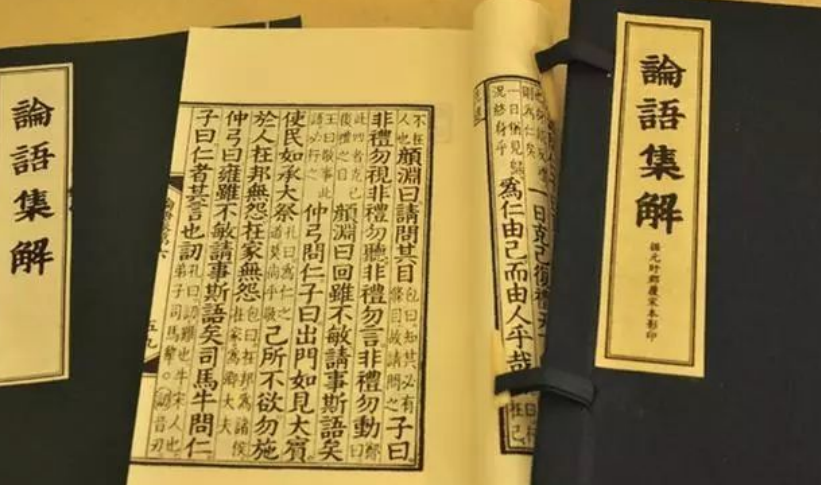
The Analects of Confucius is a collection of sayings and deeds of Confucius, a great thinker and educator in the Spring and Autumn Period, recorded together by his disciples and his disciples. It mainly embodies the political views, moral concepts and educational principles of Confucianism.
“The Analects of Confucius” (lún yǔ) is a collection of quotations compiled by the disciples and retransmitters of the thinker and educator Confucius in the Spring and Autumn Period to record the words and deeds of Confucius and his disciples. It was written in the early Warring States period. The book consists of 20 parts and 492 chapters, mainly in the form of quotations and supplemented by narratives, which more concentratedly embodies the political views, ethical thoughts, moral concepts, and educational principles of Confucius and the Confucian school. Most of the works are quotations, but the words are rich in meaning, and some sentences and chapters are vivid. Their main characteristics are concise language, easy to understand, and far-reaching meaning. Showcase characters in action.
3. Book of Changes周易
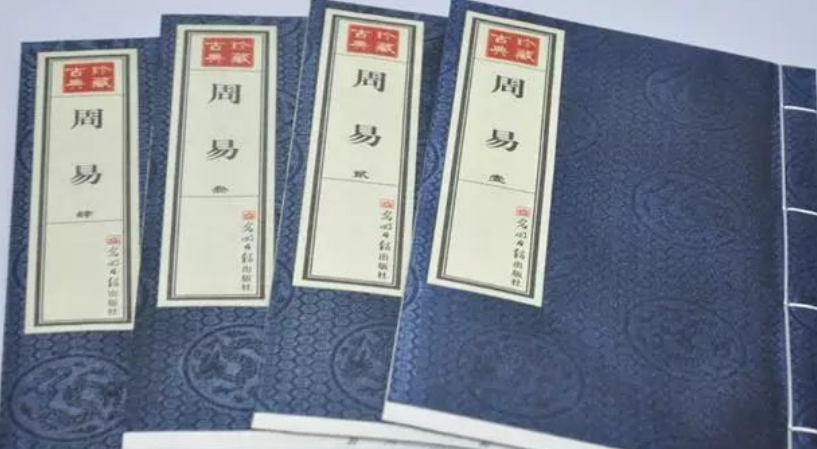
This is one of the traditional Chinese classics. It was written by King Jichang of Zhou Dynasty. Written by such as. The school is regarded as the grand ceremony of Confucianism and belongs to the head of the Six Classics, which is called the head of the group of classics and the book of teaching.
“Book of Changes” is the theoretical root of natural philosophy and humanistic practice in traditional Chinese ideology and culture, and is the crystallization of the thoughts and wisdom of the ancient Han nationality. The content is extremely rich, and it has had an extremely profound impact on China’s politics, economy, culture and other fields for thousands of years.
4. The Book of Songs诗经
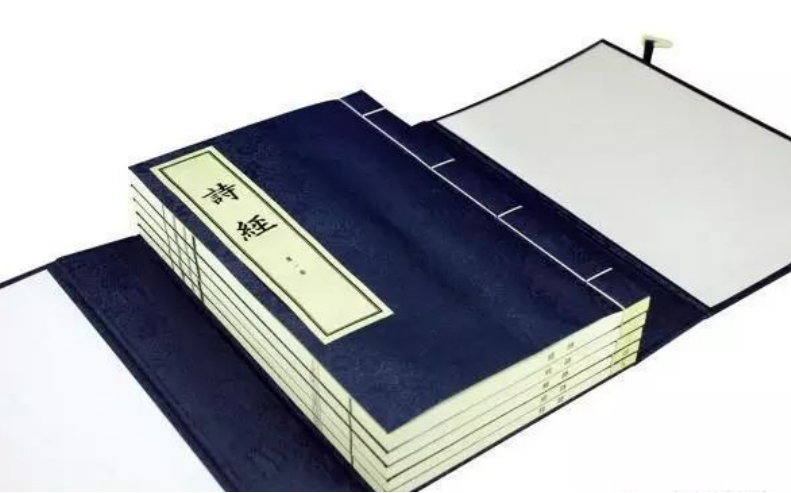
The Book of Songs is the beginning of ancient Chinese poetry. The earliest collection of poems collected poems from the early Western Zhou Dynasty to the middle Spring and Autumn Period. It was called a Confucian classic in the Western Han Dynasty.
The Book of Songs is rich in content, reflecting labor and love, war and bondage, oppression and resistance, customs and marriage, ancestor worship and banquets, and even celestial phenomena, landforms, animals, plants, etc. It is a mirror of social life in the Zhou Dynasty.
5. Sun Tzu’s Art of War孙子兵法
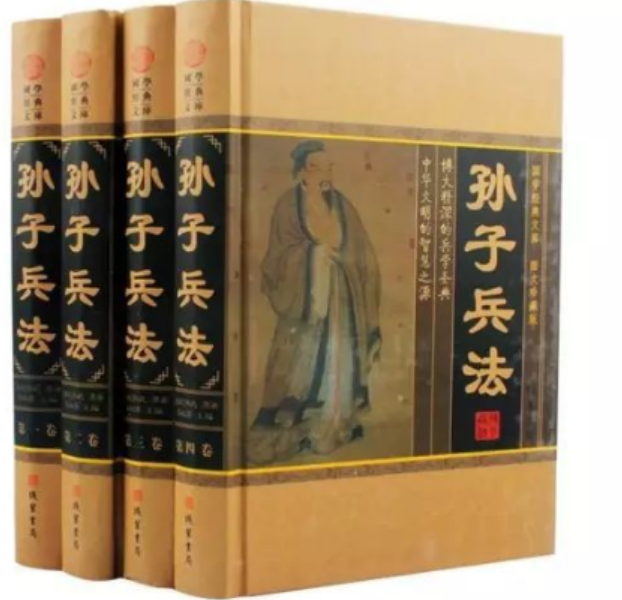
This book is the earliest surviving military book in China and the earliest military work in the world. Known as the Ice and Snow Festival, it is a treasure of ancient Chinese military cultural heritage and the essence of ancient military thought.
“Sun Tzu’s Art of War” is regarded as a military classic. It has been born for 2,500 years and has been studied in all ages. Li Shimin said, “Looking at all the books on war, there is no Sun Wu”. The art of war is a strategy, and a strategy is not a small trick, but a grand strategy and great wisdom. Today, “Sun Tzu’s Art of War” has gone to the world. It has also been translated into many languages, and it also has an important position in the history of world military affairs. The bamboo slips of the Han Dynasty version of “Sun Tzu’s Art of War” were unearthed in 1972 in the Yinqueshan Han Tomb in Linyi.
6. Mencius孟子
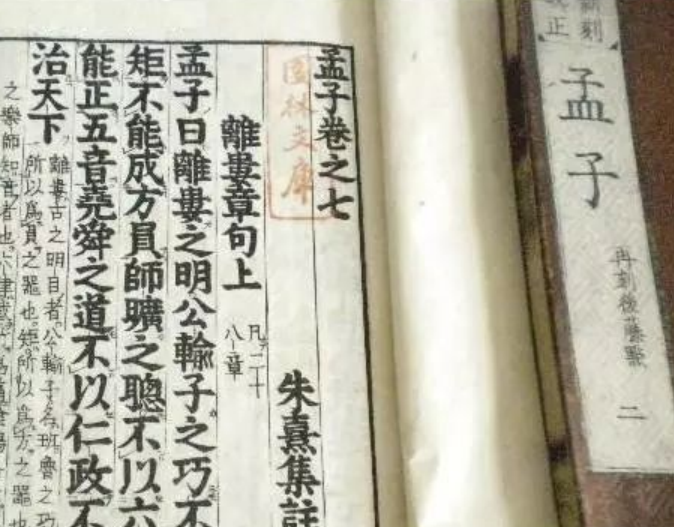
The Book of Mencius is a classic of Confucianism. It was written by Mencius and his disciple Wan Zhang Gongsun Chou in the middle of the Warring States Period. It was listed as the Four Books by Zhu Xi in the Southern Song Dynasty. The book wrote about the political education, philosophy and ethics of Confucius and his disciples. ideology and political activity.
“Hanshu·Yiwenzhi” describes eleven chapters of “Mencius”, seven of which are extant in fourteen volumes. The total number of words is more than 35,000 words and 260 chapters. According to legend, there are four other “Mencius Wai Shu”, which have been lost (this “Mencius Wai Shu” is a fake work by Ming Yao Shilin). The book records the political, educational, philosophical, ethical and other ideological views and political activities of Mencius and his disciples. The ancient examinations mainly examined the “Four Books” and “Five Classics”.
7. Zhuangzi庄子
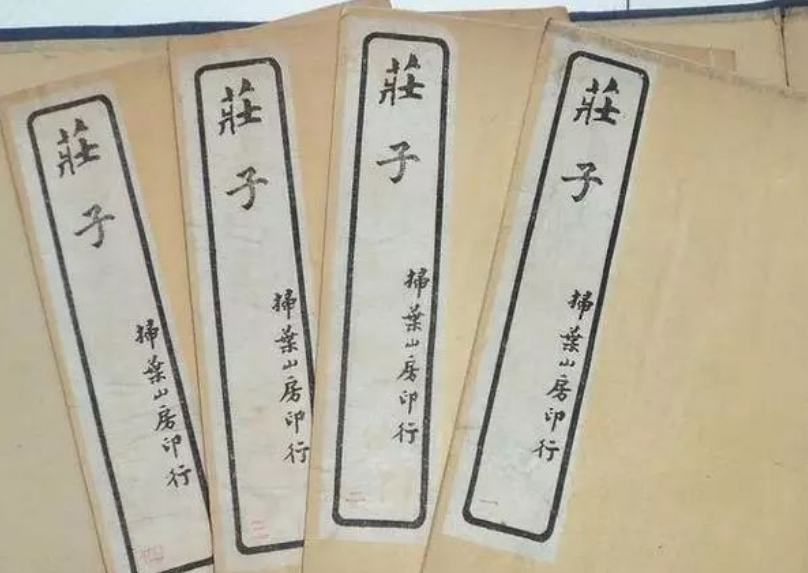
Zhuangzi is Zhuangzi in the late Warring States period. A collection of Taoist academics written together with his later students. Zhuangzi has been called the real person of Nanhua since the Han Dynasty. This book mainly reflects Zhuangzi’s philosophy, art, aesthetics, aesthetics, etc.
8. Guiguzi鬼谷子
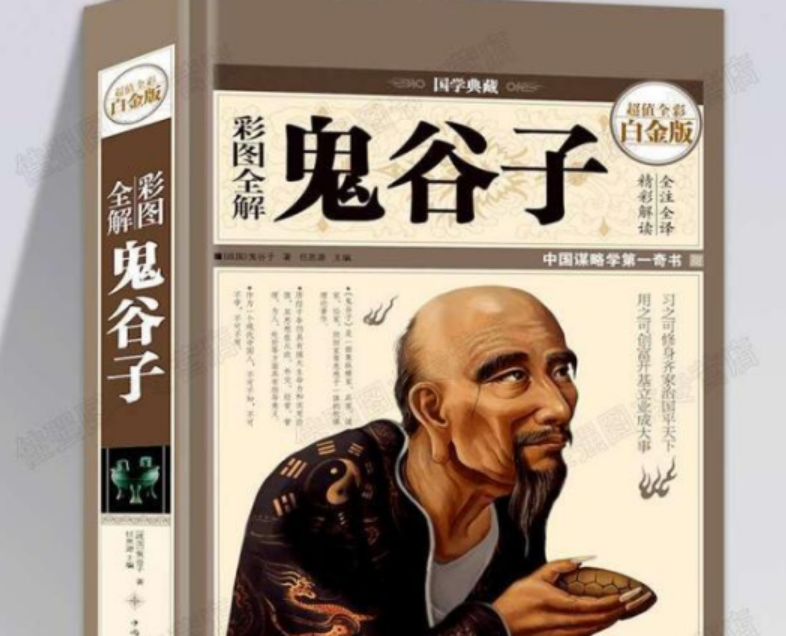
This book focuses more on tactics and debating skills, the reason why Guiguzi’s ideas can exist. The Warring States Period was unique. This is inseparable from his philosophical thought.
9. Historical Records史记
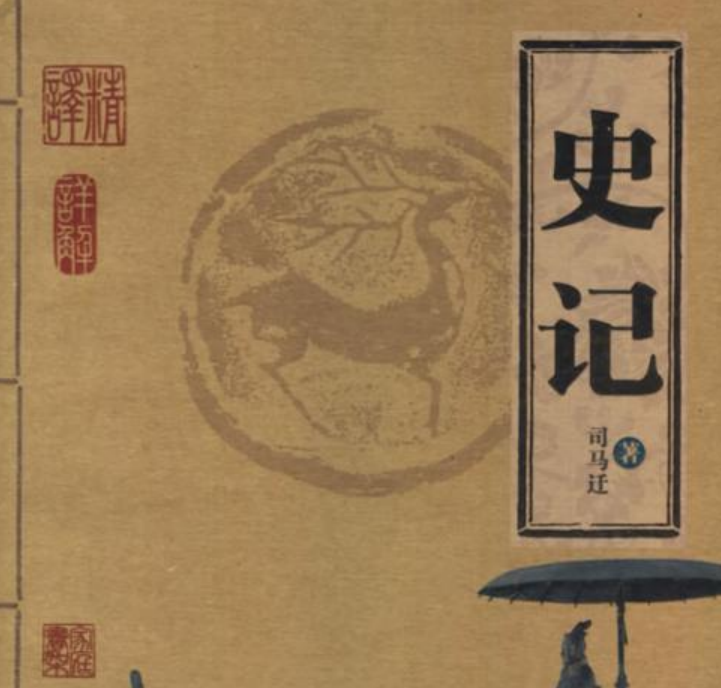
In fact, it is one of the twenty-four histories. It is a biographical history book written by Sima Qian, a historian of the Western Han Dynasty. It is the first biographical general history in Chinese history.
10. Shangshu尚书
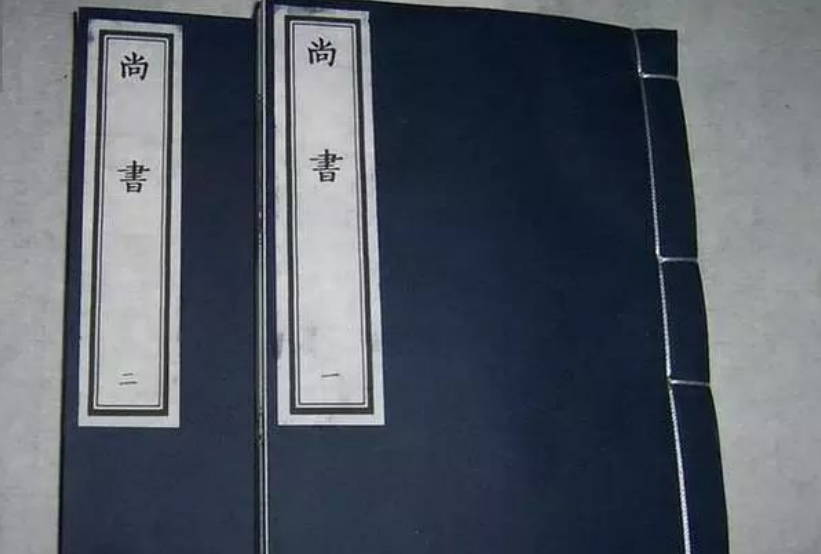
This is a chief editor of a book that can trace ancient deeds. It is one of the five Confucian classics, also called Shujing, and is listed as an important core, Confucian classic.